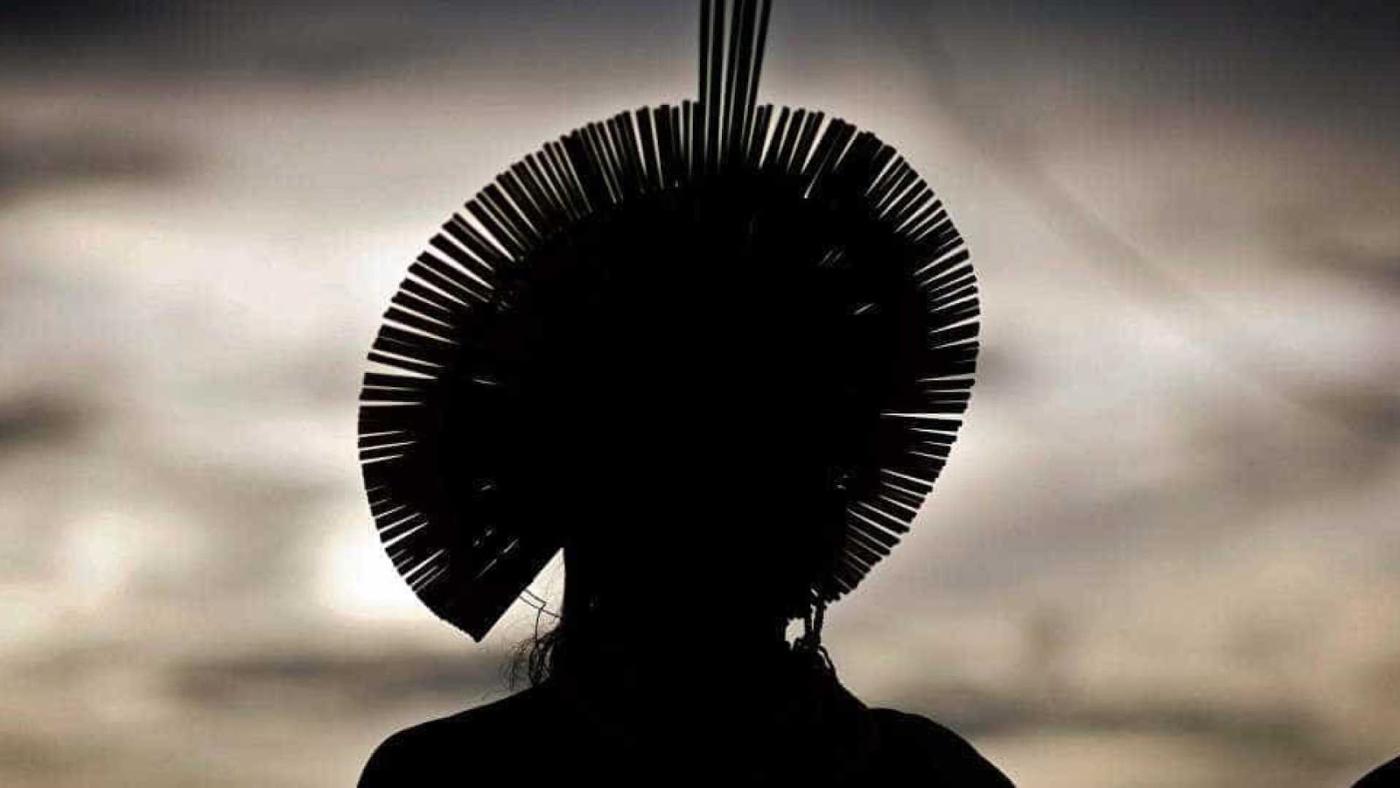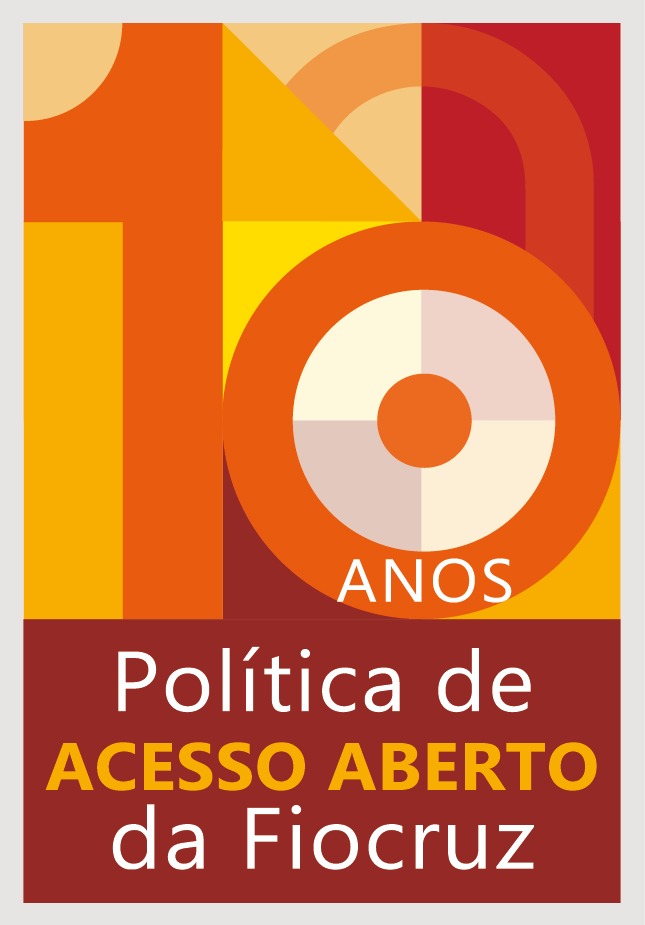Study shows an increase in suicide among young indigenous people in the Amazonas and Mato Grosso do Sul
29/09/2023
Júlio Pedrosa (Fiocruz Amazônia)
Researchers from Fiocruz and Harvard University carried out the first national study assessing suicide among indigenous and non-indigenous people in Brazil. The study assessed suicide rates during the period from 2000 to 2020 and showed a disproportionately higher risk in indigenous people, especially those aged 10-24. The North and Central-West were the regions with the highest suicide risk, especially states such as Amazonas and Mato Grosso do Sul. The study was published in the journal The Lancet Regional Health - Americas. The research addresses nuances about this serious and neglected public health problem in the midst of Yellow September, the month dedicated to suicide prevention in Brazil, as highlighted by one of the study's co-authors, epidemiologist Jesem Orellana, head of the Laboratory of Modeling in Statistics, Geoprocessing and Epidemiology (Legepi) from the Leônidas & Maria Deane Institute (ILMD/Fiocruz Amazônia).
The suicide rates in indigenous people were higher among men and individuals aged 10-24, according to the study (photo: CVV)
The analyses were carried out using the official mortality database of the Brazilian Ministry of Health and aimed to estimate suicide rates and their trends among indigenous and non-indigenous people in Brazil. In the article entitled Suicide among indigenous peoples in Brazil from 2000 to 2020: a descriptive study, the researchers provide a long and comprehensive analysis of the behavior of suicide rates among indigenous people in Brazil.
"In general, suicide rates in indigenous people were higher among men and individuals aged 10-24. In men from regions such as the Central-West and North, these rates reached 73.75 and 52.05 per 100 thousand inhabitants, in 2018 and 2017, respectively. In individuals aged 10-24 years in the North region, the age group with the highest indigenous suicide risk, these rates increased substantially as of 2013, in contrast to the pattern of decline observed in the Central-West region. This is an important difference when compared to the highest risk group in the general population of Brazil, as the age group of individuals aged 60 and over, historically, is that with the highest suicide risk", explains Orellana.
The study also showed that, at a national level, both the suicide rates of the Brazilian indigenous population and the rates of the non-indigenous population showed an increasing trend from 2000 to 2020. "However, this pattern cannot be generalized, especially among indigenous people, as states such as Amazonas, in the North region, and Mato Grosso do Sul, in the Central-West, seem to account for the substantial differences observed when comparing data between indigenous and non-indigenous people", he notes.
The researcher emphasizes that the results of the study reinforce the extreme vulnerability of indigenous people to suicide in Brazil, especially men, aged 10-24, and residing in the states of Amazonas and Mato Grosso do Sul, pointing to the need for prioritization in the allocation of financial resources and the planning of strategies aimed at reducing risk factors associated with suicide, especially social inequality and limited access to mental health care.
"We need to see indigenous suicide as a serious and invisible public health problem, which can be influenced by a range of contextual and cultural peculiarities, such as territorial conflicts, health crises, structural racism, as well as economic, political, and psychological issues", he concluded.




